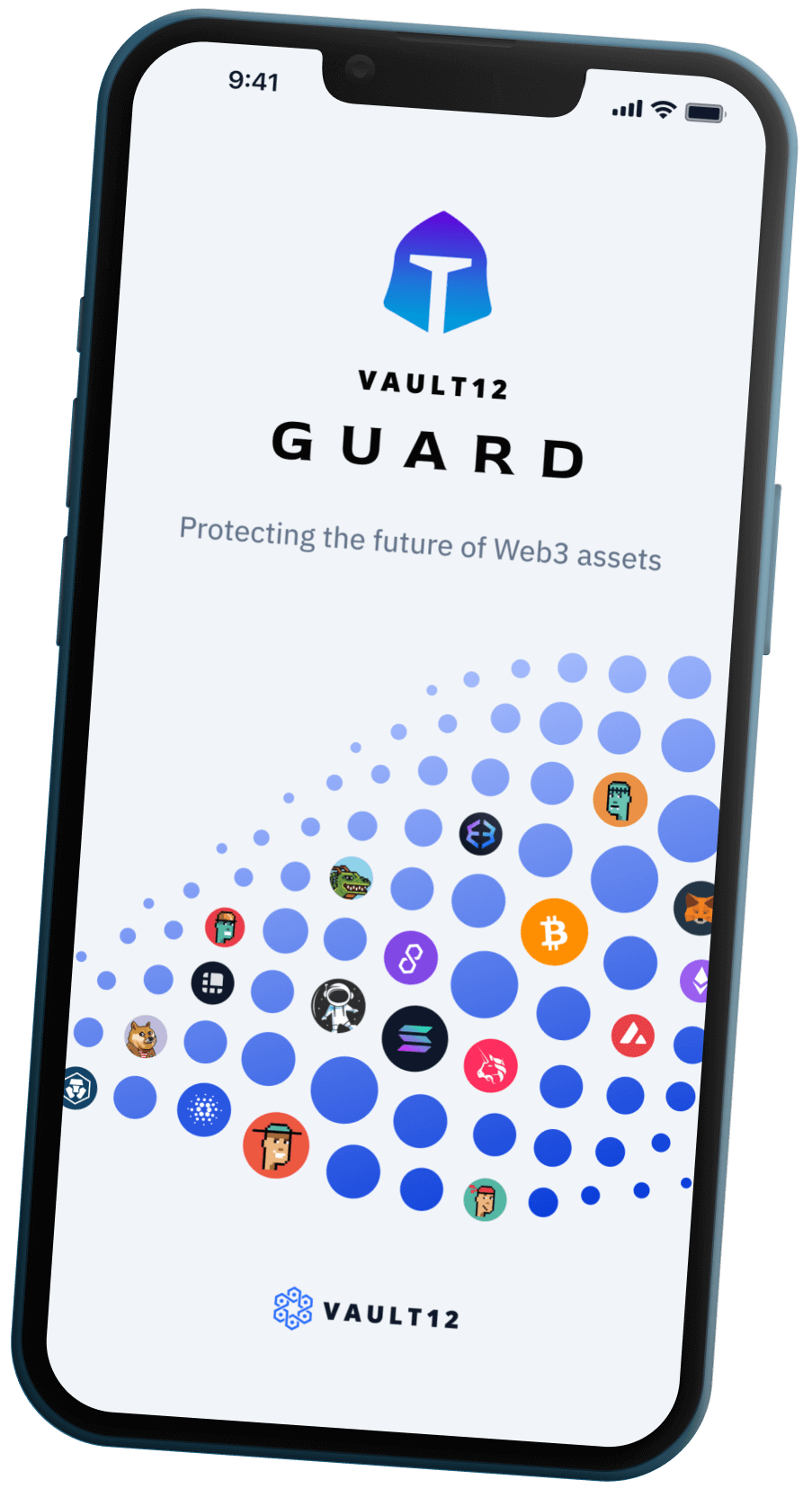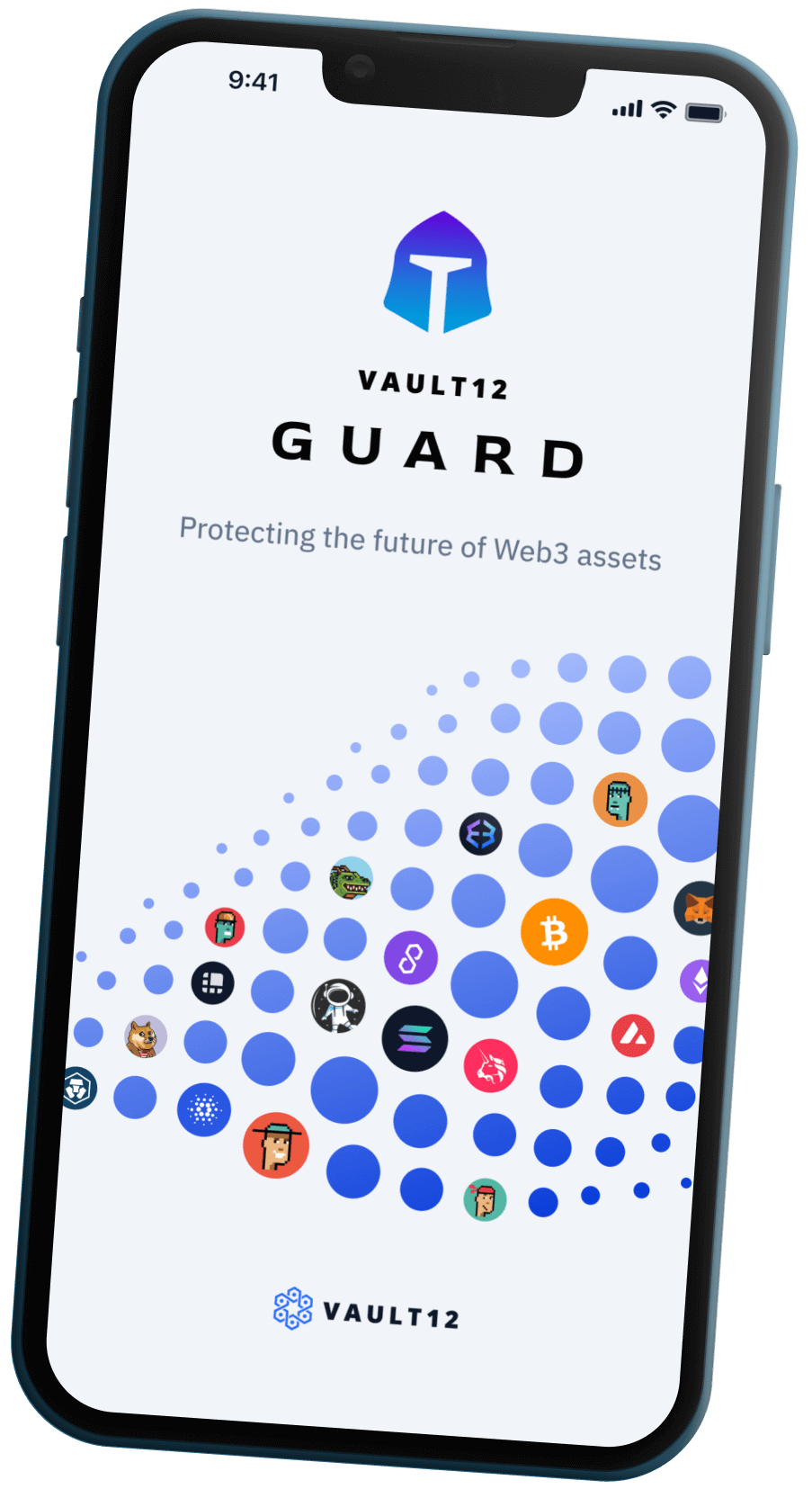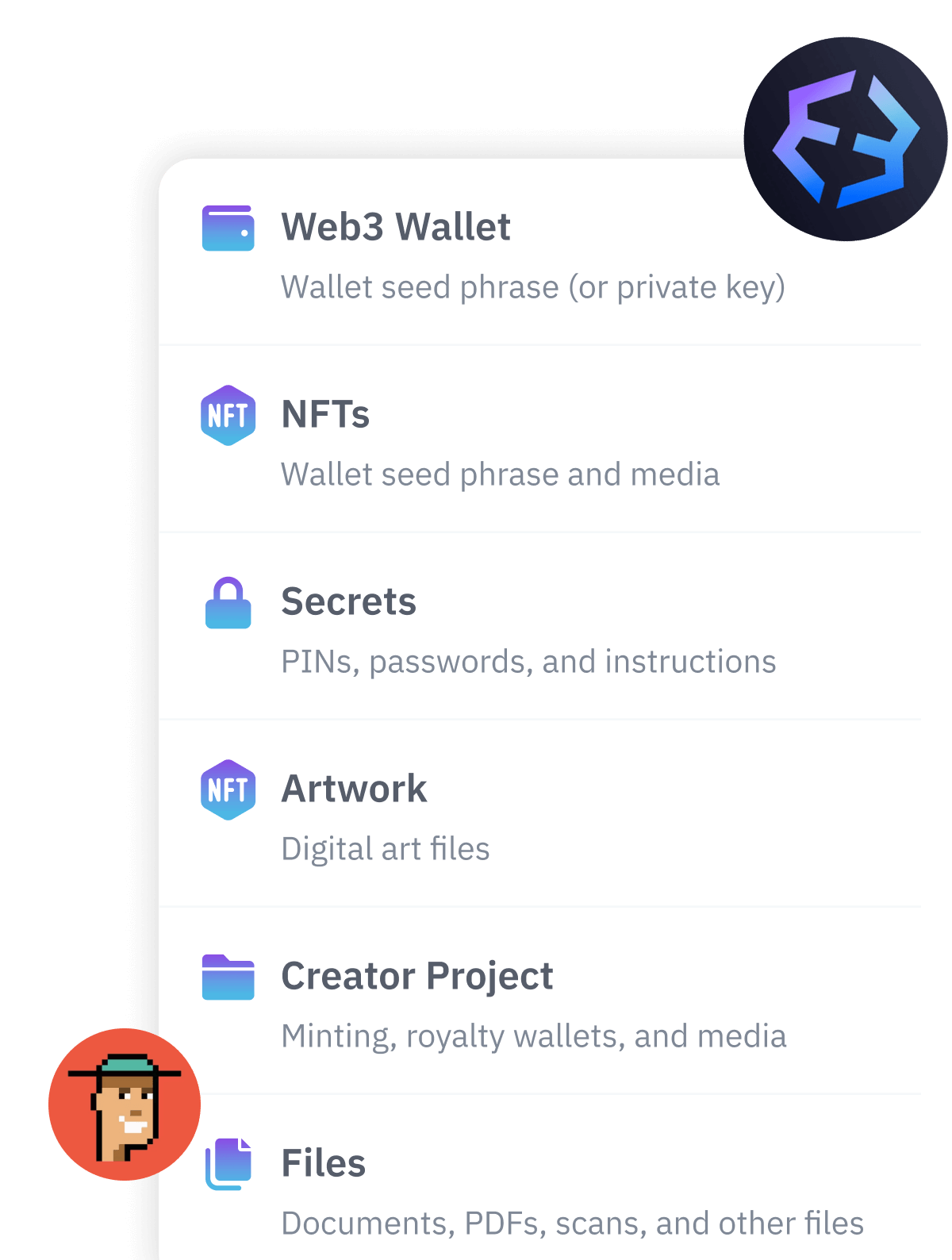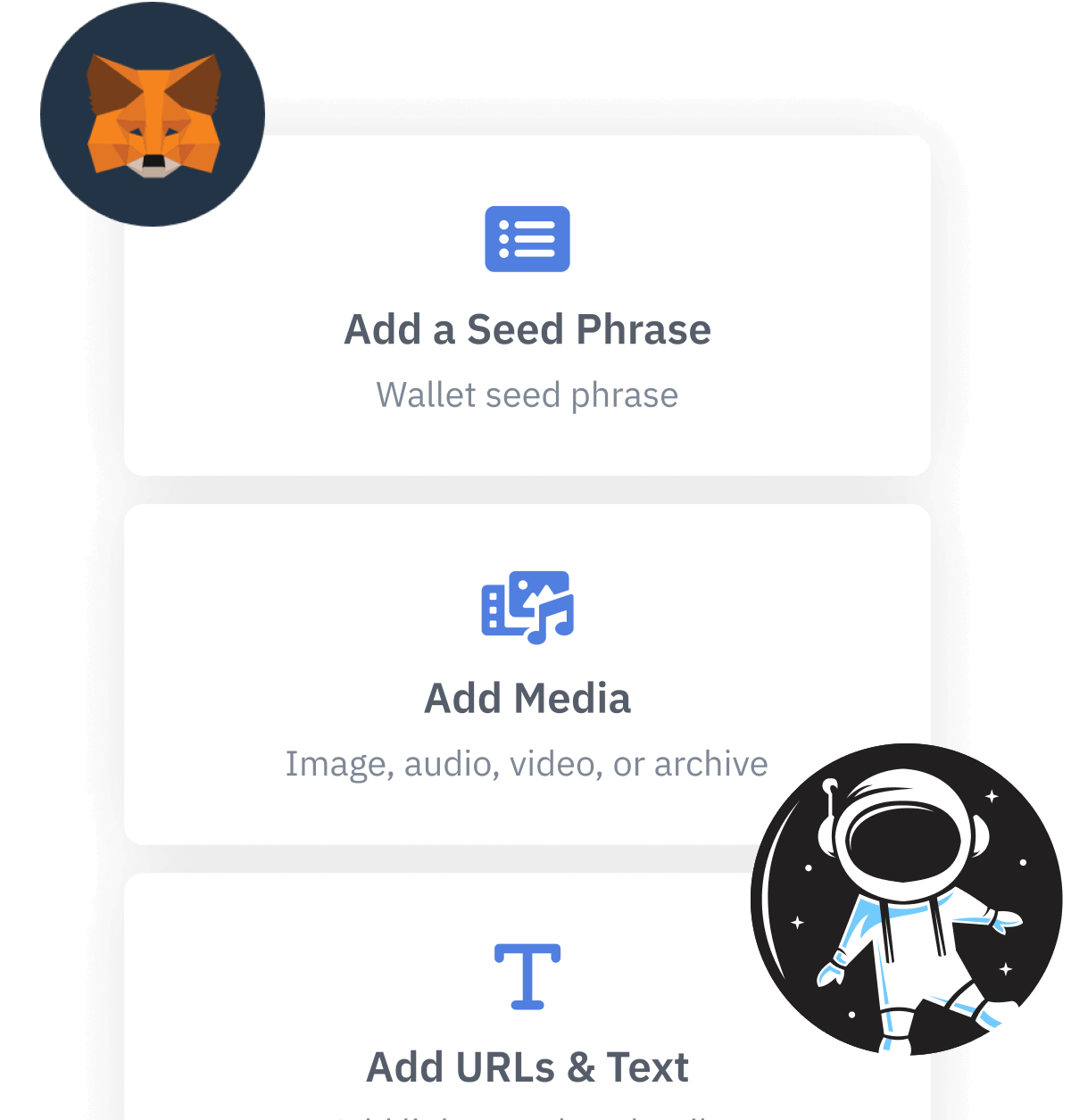
Contents
An introduction to Decentralized Finance
What do I need to know about Decentralized Finance (DeFi)
Digital assets unlock many new possibilities. As legal clarity continues to roll out, individuals and institutions who were concerned about the legal risk may begin to dip their toes into blockchain assets for the first time.
Any app that provides market data, and there are a lot, will show you the price of the tokens that you hold at any given moment. Since the digital asset markets don’t close, you can check price action on digital assets 24 hours a day, seven days a week.
The promise of blockchain technology, however, is far more expansive than simply purchasing a token and hoping to flip it for a higher price point down the road. Digital asset holders can use their assets in ways that historically have only been available to asset custodians.
A Brief Review
In my previous blog post, entitled “Are You Ready for the Tokenisation of Everything?” I break down how digital assets allow individuals to custody their assets for the first time in history. This enables individuals to be able to essentially act as their own bank or financial intermediary, removing barriers to entry to markets and allowing more of the return on those assets to flow back to the investor instead of the custodian.
Custodians are simply intermediaries, like a bank or a brokerage firm, who hold assets on behalf of customers and transact on their behalf. These custodians collect fees for providing this service, often reserving a good portion of the upside on the capital or assets for themselves and only sharing a portion with the owner of the assets.
Decentralizing Opportunity
Let’s assume that you’ve been researching and accumulating a portfolio of tokens. There are many types of tokens, but for an easy example, let’s use Ethereum as the running example.
Ethereum is the second-largest digital asset by market cap, trailing only Bitcoin. If you hold Ethereum in your blockchain wallet, there are some things you can do with it.
Of course, the simplest is keeping it in the wallet, hoping that the price of Ethereum goes up, and selling it for a gain. However, perhaps you’re not a big trader, much like me. Perhaps you have longer time horizons and you want to hold Ethereum. The question then becomes what options you have for long-term holdings of digital assets.
An easy parallel to draw here to traditional finance is the stock market. Say that you are long-term bullish on a stock. You have a significant amount of shares, but you believe that it will take a year or longer for your hypothesis to play out. In the meantime, your liquidity is tied up in these shares, so unless you have new funds to invest, you’re stuck between bailing on your long-term conviction and inactivity in the market over a long time horizon.
Savvy investors in stocks know that there are opportunities to utilize those long-term holdings to generate additional cash flow for the portfolio. One way this is done is by selling covered calls against larger long-term positions in the portfolio. While there is a risk of losing shares by having them called away, there is also an opportunity to earn fees for lending those shares to options market participants. Generally, the custodian of these assets has a fee structure for processing these transactions on your behalf, but you can use your stocks to generate income for your portfolio while waiting for a long-term thesis to play out.
Similar to this example in traditional finance, there are also opportunities to utilize digital assets to generate a return without having to necessarily sell those assets.
Welcome to Decentralized Finance
The world of Decentralized Finance, known as DeFi for short, can seem overwhelming at first, especially when any individual who holds digital assets can navigate and participate on their own, without an outside entity to guide them along.
However, the complex picture of DeFi can be broken down more easily when parallels are drawn to existing practices in traditional finance. Many of the activities that are available to participants in DeFi are things that financial intermediaries already do today. The difference is that they gatekeep these activities from their clients and only pay clients a portion of the returns that are generated using the assets that the intermediary is holding on behalf of the client.
Let’s return to our example and review some activities that can be taken to generate return on assets that digital asset owners are planning to hold over a longer time horizon.
Loaning Digital Assets
Most people in the world who have the fortunate ability to access the global economy are familiar with loans. Loans have existed longer than even fiat currency, dating back to when most economic transactions were conducted via bartering.
You, as an individual, have likely been on the receiving end of a loan at least once in your life. You walk into a bank, provide evidence of your financial picture, and try to convince the bank that whatever you are requesting money for is a good idea that will generate some return for the bank via interest. Upon finishing this meeting, assuming you are approved for the loan, you will pay the bank back over the course of the term of the loan.
By providing you with this money up front, the bank is counting on you repaying your loan in full, plus some interest. The interest is what makes it worthwhile for the bank to tie up its funds with you throughout the loan. This creates cash flow for the bank.
While many people will be familiar with being on the recipient’s end of a loan, far fewer people have experienced providing the liquidity for a loan. Ironically, if you hold money in a bank, brokerage, or other traditional financial intermediary, your funds have likely been used for loaning practices, but this doesn’t require your involvement and you receive a small fraction of the returns, usually in an interest payment on the capital you keep with the custodian.
With digital assets, you, as an individual, can take your tokens and go offer them as loan collateral to a lending protocol. The protocol, much like a traditional custodian, will take a cut of the returns generated by lending your tokens, but unlike the traditional model, a significantly larger percentage of that return flows back to you as the asset owner.
Different assets offer varying returns for lending, and generally, the lending protocol publishes the expected return rate for each type of asset. This is a great activity for holders of stablecoins, as holding these tokens alone doesn’t generate returns due to their 1:1 tie to fiat currency, but lending them to others who wish to conduct transactions on the blockchain can lead to income generation.
Providing Liquidity
In traditional finance, the way that the market for assets like stocks remains liquid is through market makers. These entities, strapped with a ton of liquidity, offer to provide the opposite sides of trades. This minimizes counterparty risk and ensures a liquid market. In exchange, brokerage firms will often compensate market makers for running their order book for them.
With digital assets, you, as an individual, can contribute to market-making directly without having to go through a brokerage. Decentralized exchanges (aka a DEX), which are online trading markets for crypto, require contributions to fund liquidity on the exchange. Unlike a centralized exchange, like Coinbase, you have to use self-custody to utilize a DEX.
As a digital asset holder, you can take your tokens to a DEX and enter a smart contract with the DEX to provide some of your tokens as liquidity in what is known as a liquidity pool (aka an LP).
Generally, the DEX will provide you with a non-fungible token (NFT) representing your contribution to the liquidity pool. You can then exchange the NFT for your tokens back, in addition to any fees that you may have earned from the exchange, using your funds to provide liquidity to traders of that particular pair of tokens.
You used to have to provide both sides of an LP, but recently, single-sided LPs have started becoming more available. While this seemingly makes it easier to participate, there are also risks associated with only providing one side of the trade and allowing the DEX to pair your funds up every time they want to utilize them.
Furthermore, you need to establish a range in which your funds are eligible to be used by the DEX for trading. If you choose a concentrated range, your return is often better, as you’re at the top of the list when the exchange needs funds in that range, but if the token pair starts trading outside the range that you provide, you don’t receive any fees, as your tokens aren’t being used. Setting a wide range increases the odds that your liquidity is being used in the pool, but decreases your total rewards per transaction, as you’ve spread your funds across a wider range of pricing pairs for the token.
Proof of Staking
Now that we have gone through a couple of examples of DeFi activities that have parallels to activities that occur in the traditional financial system, you hopefully have a better idea of what it means to participate in decentralized finance.
There is one more basic DeFi activity that is worth reviewing, but it does not directly tie into a traditional financial product as directly as loaning and providing liquidity do.
If you are holding Ethereum, you likely have noticed that when you want to transact on the Ethereum blockchain, you have to pay a small fee. This fee is called a gas fee, and it is paid in Ethereum. Since Ethereum, the token, is used to pay transaction fees on the Ethereum blockchain, this makes Ethereum what we call a native token.
Ethereum exists as a Proof of Stake blockchain, meaning that users can issue their native tokens to a validator, who will stake their Ethereum and use the collective staked Ethereum at that validator to verify blockchain
transactions. Similar to providing liquidity, validators who stake Ethereum generate a return that comes from the gas fees that participants pay to utilize the blockchain. Those validators will then share the fees they generate with users who have pledged their native tokens to the validator for staking.
Staking doesn’t have a direct correlation to a traditional financial activity. The closest parallel that exists is how companies pay dividends to holders of their stock as a reward for supporting the business. In this same concept, Proof of Stake networks pay rewards to their stakers for supporting the network. Without users staking Ethereum, there would not be tokens available to collateralize transaction approvals, which would lead to the blockchain not being functional.
DeFi - Finance For Everyone
These are just some of the ways that digital assets allow for broader participation and fairness in the market. While there are inherent risks to all of these activities, each comes with an ability to earn rewards for contributing to the wheels of decentralized finance continuing to turn.
As blockchain continues to evolve, more DeFi activities will likely emerge, and the concept of DeFi will continue to evolve. As such, if this is an area you wish to explore with your assets, it is a great time to get started practicing some of the basics we have reviewed in this article.
An introduction to Decentralized Finance
What do I need to know about Decentralized Finance (DeFi)

DepressiveHacks
DepressiveHacks is a writer, investor, mental health advocate, and consultant in the web3 space. Visit http://depressivehacks.com for more info.
You will lose your Bitcoin and other crypto when you die...
...unless you set up Crypto Inheritance today.
It's simple — if you don't worry about crypto inheritance, nobody else will — not your software or hardware wallet vendors, not your exchanges, and not your wealth managers. So it's up to you to think about how to protect the generational wealth you have created, and reduce the risks around passing that crypto wealth on to your family and heirs. What are the challenges with crypto inheritance?
- Crypto Wallets are difficult to use and do not offer crypto inheritance management. In fact, most of them tell you to write down your seed phrase on a piece of paper, which is practically useless.
- Some people back up their wallet seed phrases or private keys on paper, local devices like hardware wallets or USBs, or in the cloud. All of these options have severe drawbacks that range from hacking to accidental loss to disrupted cloud services.
- Software wallets operate on specific blockchains, yet your crypto assets span multiple blockchains. For inheritance to work, you must be able to manage inheritance across every blockchain — now and forever.
DISCLAIMER: Vault12 is NOT a financial institution, cryptocurrency exchange, wallet provider, or custodian. We do NOT hold, transfer, manage, or have access to any user funds, tokens, cryptocurrencies, or digital assets. Vault12 is exclusively a non-custodial information security and backup tool that helps users securely store their own wallet seed phrases and private keys. We provide no financial services, asset management, transaction capabilities, or investment advice. Users maintain complete control of their assets at all times.
Pioneering Crypto Inheritance: Secure Quantum-safe Storage and Backup
Vault12 is the pioneer in Crypto Inheritance, offering a simple yet powerful way to designate a legacy contact and pass on your crypto assets—like Bitcoin (BTC), Ethereum (ETH) and Solana (SOL) —to future generations. Built for everyday users yet robust enough for the most seasoned crypto enthusiasts, Vault12 Guard ensures your wallet seed phrases and private keys are preserved in a fully self-sovereign manner, across all Blockchains.
At the heart of Vault12 Guard is quantum-resistant cryptography and a decentralized, peer-to-peer network of trusted Guardians. Your critical information is never stored in the cloud, on Vault12 servers, or even on local devices—dramatically reducing the risk of a single point of failure. By fusing a powerful software layer with the Secure Element of iOS devices (Secure Enclave) and Google devices (Strongbox), Vault12 Guard locks down your private keys against present and future threats.
Our innovative approach harnesses social recovery, enabling you to appoint one or more trusted individuals or mobile devices as Guardians. These Guardians collectively safeguard your protected seed phrases in a decentralized digital Vault—so there’s no need for constant lawyer updates or bulky paperwork. Should the unexpected happen, your chosen legacy contact can seamlessly inherit your crypto assets without compromising your privacy or security.
Preserve your digital wealth for generations to come with Vault12 Guard—the simplest, most secure way to manage crypto inheritance and backup.
Take the first step and back up your crypto wallets.
Designed to be used alongside traditional hardware and software crypto wallets, Vault12 Guard helps cryptocurrency owners back up their wallet seed phrases and private keys (assets) without storing anything in the cloud, or in any single location. This increases protection and decreases the risk of loss.
The first step in crypto Inheritance Management is making sure you have an up-to-date backup.
The Vault12 Guard app enables secure decentralized backups, and provides inheritance for all your seed phrases and private keys across any blockchain, including Bitcoin, Ethereum, and others, and for any crypto wallet.
Note: For anyone unfamiliar with cryptocurrencies, Vault12 refers to wallet seed phrases and private keys as assets, crypto assets, and digital assets. The Vault12 Guard app includes a software wallet that works alongside your Digital Vault. The primary purpose of this is to guard your Bitcoin (BTC) and Ethereum (ETH) wallet seed phrases, private keys, and other essential data, now and for future generations.











